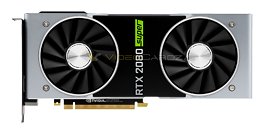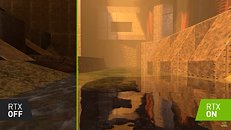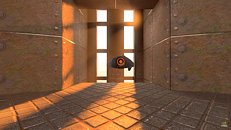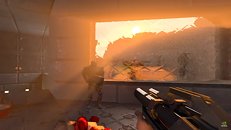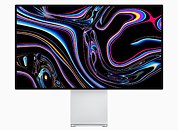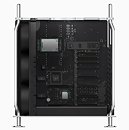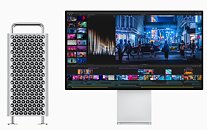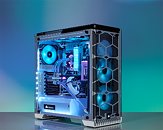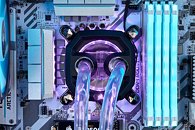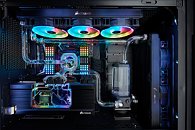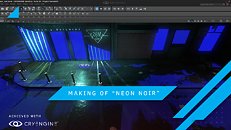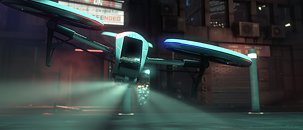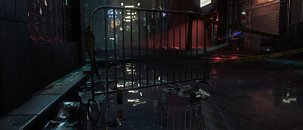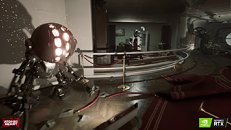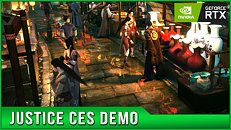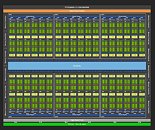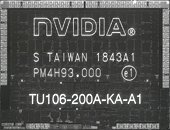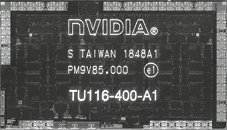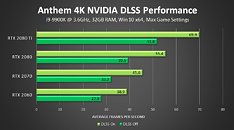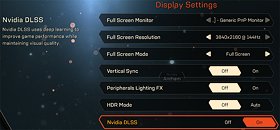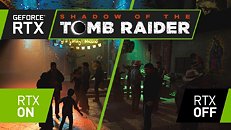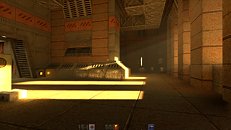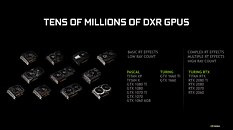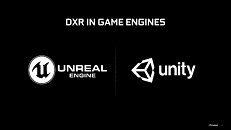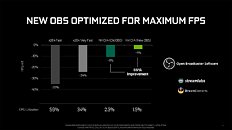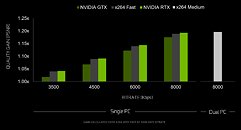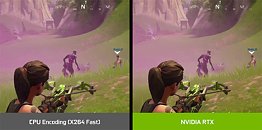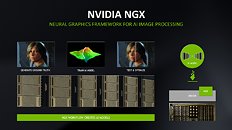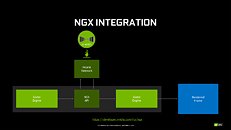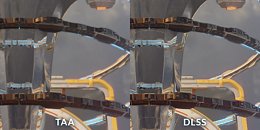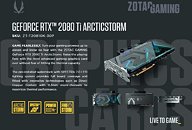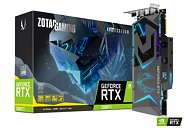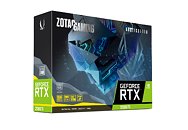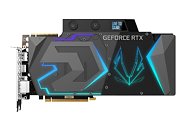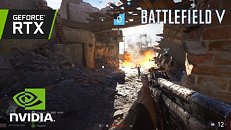
NVIDIA RTX SUPER Lineup Detailed, Pricing Outed
NVIDIA has officially confirmed pricing and SKU availability for its refreshed Turing lineup featuring the SUPER graphics cards we've been talking about for ages now. Primed as a way to steal AMD's Navi release thunder, the new SUPER lineup means previously-released NVIDIA gppahics cards have now hit an EOL-status as soon as their souped-up, SUPER versions are available, come July 2nd.
The RTX 2060 and RTX 2080 Ti will live on, for now, as the cheapest and most powerful entries unto the world of hardware-based raytracing acceleration, respectively. The RTX 2070 and RTX 2080, however, will be superseded by the corresponding 2070 SUPER and 2080 SUPER offerings, with an additional RTX 2060 SUPER being offered so as to compete with AMD's RX 5700 ($399 for NVIDIA's new RTX 2060 SUPER vs $379 for the AMD RX 5700, which is sandwiched in the low-end by the RTX 2060 at $349).
The RTX 2060 and RTX 2080 Ti will live on, for now, as the cheapest and most powerful entries unto the world of hardware-based raytracing acceleration, respectively. The RTX 2070 and RTX 2080, however, will be superseded by the corresponding 2070 SUPER and 2080 SUPER offerings, with an additional RTX 2060 SUPER being offered so as to compete with AMD's RX 5700 ($399 for NVIDIA's new RTX 2060 SUPER vs $379 for the AMD RX 5700, which is sandwiched in the low-end by the RTX 2060 at $349).

